2013 marked by 'record sea level, weather extremes'
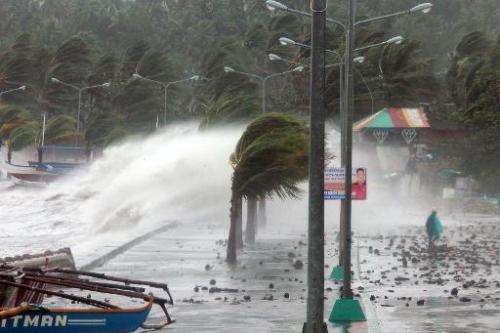
Sea levels this year posted a record high, making low-lying coastal populations ever more vulnerable to extreme weather like super-storm Haiyan, the UN said Wednesday.
In an interim report on the planet's climate, the World Meteorological Organization (WMO) also estimated that 2013 was on course to be one of the hottest since records began.
"The Philippines is reeling from the devastation wreaked by Typhoon Haiyan, the most powerful tropical cyclone ever to hit the country and one of the most intense ever recorded anywhere," said Michel Jarraud, the agency's chief.
The deadly typhoon and associated storm surge—which survivors have likened to a tsunami—tore through the archipelago last week, killing at least 10,000 people.
The Philippines is still recovering from Typhoon Bopha, which in December 2012 left almost 2,000 people dead or missing, Jarraud noted.
"Although individual tropical cyclones cannot be directly attributed to climate change, higher sea levels are already making coastal populations more vulnerable to storm surges. We saw this with tragic consequences in the Philippines," he said.
Experts say the relationship between climate change and tropical cyclones is still an open question.
Some, though, predict these events will become more powerful and possibly more frequent, too, as as a result of global warming.
"Global sea level reached a new record high during March 2013," the WMO said in its report.
At 3.2 mm (0.12 inches) per year, the current average rise is double the 20th-century trend of 1.6 millimetres (0.06 inches) per year, it said.
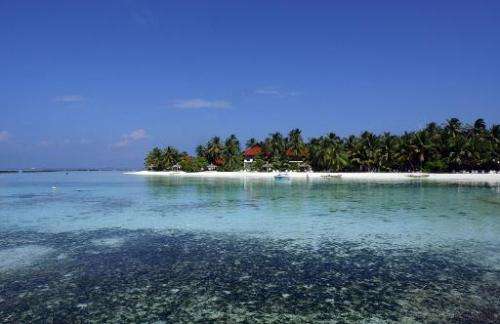
The WMO said that in 2012, concentrations of greenhouse gases hit a new high of 393.1 parts per million, a rise of 2.2 parts per million over the previous year and an increase of 41 percent since the start of the Industrial Revolution in 1750.
"We expect them to reach unprecedented levels yet again in 2013. This means that we are committed to a warmer future," Jarraud declared.
The agency said the first nine months of 2013 tied with 2003 as the seventh warmest such period since modern data collection began in 1850.
Global land and ocean surface temperature of about 0.48 degrees Celsius (0.86 degrees Fahrenheit) above the 1961-1990 average.
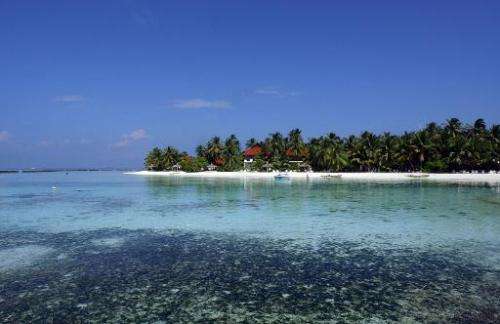
Most regions posted above-average temperatures, with notable extremes in Australia, the north of North America, northeastern South America, North Africa and much of Eurasia.
Arctic sea ice, meanwhile, shrank to its sixth-smallest summer area, albeit recovering slightly from the dramatic and unprecedented melt of 2012.
In the Antarctic, however, sea ice—ice that is not on land but floats on the ocean surface—expanded to a record 19.47 million square kilometres (7.51 million miles), almost three percent above the 1981-2010 average.
Changes in atmospheric flow and ocean circulation may be the cause.
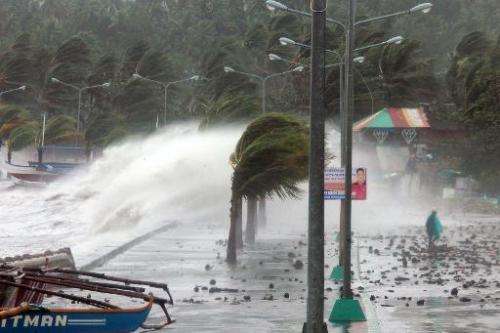
Expanding Antarctic sea ice is not seen as a cause of comfort.
"Sea levels will continue to rise because of melting ice caps and glaciers. More than 90 percent of the extra heat we are generating from greenhouse gas is absorbed by the oceans, which will consequently continue to warm and expand for hundreds of years," said Jarraud.
Emissions of greenhouse gases, chiefly carbon dioxide, are mainly caused by fossil-fuel burning to power industry, transport and farming.
Experts warn that unless more is done to rein them in emissions, the world faces potentially devastating effects.

In addition to mega-storms, expect impacts include species extinctions, water shortages, heatwaves or drought, crop die-offs, loss of land to the rising seas as glaciers and polar ice melt, and spreading disease.
Wednesday's WMO report was released as negotiators met in Warsaw for a new round of talks on a UN climate accord.
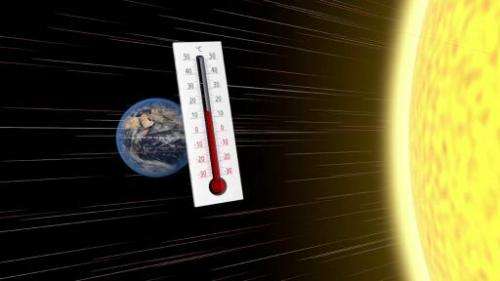
The UN Environment Programme has warned that the chances are swifting diminishing of limiting the global temperature rise to two degrees Celsius (3.6 Fahrenheit) over pre-industrial levels, defined as before 1750.
© 2013 AFP

















